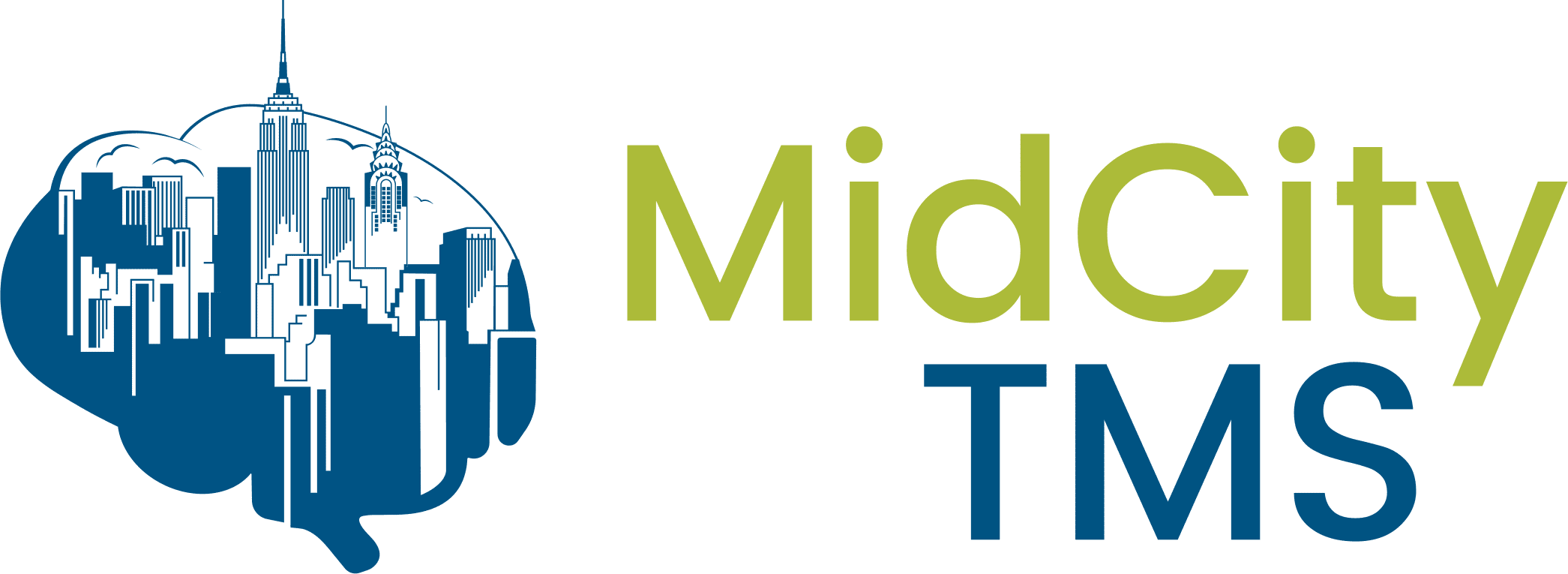The Sequenced Treatment Alternatives to Relieve Depression (STAR*D) study is a large-scale clinical trial funded by the National Institutes of Health, published in 2008, which aimed to develop and evaluate feasible treatment strategies to improve clinical outcomes for representative, “real-world” outpatients with one or more prior failed treatments. STAR*D has since become an important cornerstone in studies of treatment-refractory depression, informing treatment of this common condition.
What You Need to Know About STAR*D and Its Effects on Mental Health Treatment
What Is STAR*D
The National Institute of Mental Health (NIMH) sponsored a study called STAR*D, which stands for Sequenced Treatment Alternatives to Relieve Depression. The study, as the name implies, looked at treatment-refractory depression. It was a large study, with almost 3,000 patients.
While many clinical trials recruit patients through advertisements and often exclude those with co-existing conditions, STAR*D instead recruited more representative patients who had one or more prior failed treatments. This was a nationwide study, with 23 participating psychiatric sites and 18 primary care sites.
The study did not blind the treatments (so both the patient and clinician knew what treatment the patient was receiving at all times) and contained up to four levels, which patients progressed through depending on if they responded to the lower phases. This took place over a 12-week course.
In the first level, all 3,000 patients received citalopram, an SSRI, a class of antidepressants that work by increasing serotonin levels in the brain. If the patients did not respond to citalopram, they were then randomized to switch to a different antidepressant, receive CBT (cognitive behavior therapy) in place of citalopram, or augmented citalopram with another antidepressant or CBT.
If they did not respond to this second level, they were then either treated with a tricyclic antidepressant called nortriptyline or an antidepressant called mirtazapine, or augmented with Lithium or a thyroid hormone. If they did not respond at that third level, they were finally enrolled at level four and treated with an MAO inhibitor antidepressant or a combination of mirtazapine and venlafaxine.
What Did STAR*D Teach Us?
The study is useful in a few ways, but primarily in telling us what happens to patients if they fail one drug and then they fail further ones. It was designed originally to answer the question of if a patient failed to respond to one antidepressant drug, do they get more benefit overall by 1) switching to another antidepressant or 2) augmenting the antidepressant with another medication.
The overall summary conclusion was that there is no difference between switching to a new medication vs augmenting the original medication with another one. This is important because we know that the side effects increase with more medications. Therefore, it can be concluded that it usually makes more sense to just switch to another antidepressant rather than adding another medication to the original one.
It is important to note that in level 1 involving treatment with citalopram, only about half of the patients reached remission. At level two, only 28% of patients reached remission. In the next level, only 16% reached remission. In other words, if you fail an antidepressant at each phase, about half the patients will remit in the next phase. The remission rate becomes very low if you fail one or two antidepressants. If you fail three antidepressants, the remission rate is only about 15% with another treatment trial.
Also, in a patient who reached remission with citalopram in phase one, 40% of patients relapsed despite staying on the drug for six months. At the second level, of the patients who achieved remission to the second antidepressant after failing citalopram, 55% of them relapsed within six months. Similarly, level three and level 4 saw 60% to 70% of patients relapse within six months. In other words, antidepressants are more effective in the short run than in the long run based on this data.
If you add up all of the responses together, about 2/3 of patients eventually reached remission. However, what that does not take into account is that about half of those patients relapse within a few months staying on the same treatment.
What Does STAR*D Mean For Me?
Depression is often a recurrent condition and patients want long-term assurance. STAR*D has offered us insights into exactly how often treatments are not effective for depression and the long-term ineffectiveness of treatments for depression. The fact that only about half the patients reached remission after two treatments, and the poor long-term outcomes for patients when two or more acute treatments failed, all suggest the need for more effective treatment options for treatment refractory depression. Because STAR*D determined that “next-step” treatments for patients whose symptoms do not remit or who cannot tolerate the initial treatments often fail to benefit from subsequent treatment strategies, it is important to consider other treatment options, like TMS (Transcranial Magnetic Stimulation), that are likely to be more effective and longer lasting.
TMS can be used safely and effectively by those taking antidepressant medications and have only minimally benefitted from them. TMS can also be used in those who have chosen to avoid taking antidepressants or who have decided to stop antidepressants because of complete lack of effectiveness or intolerable side effects. TMS is effective in most patients with depression and its benefits are usually long-lasting.
Contact Mid City TMS Today
Mid City TMS provides expert and compassionate care. Our team will work with you to create an individualized care plan in collaboration with your treatment providers. Want to learn more? Call or email Mid-City TMS today.



